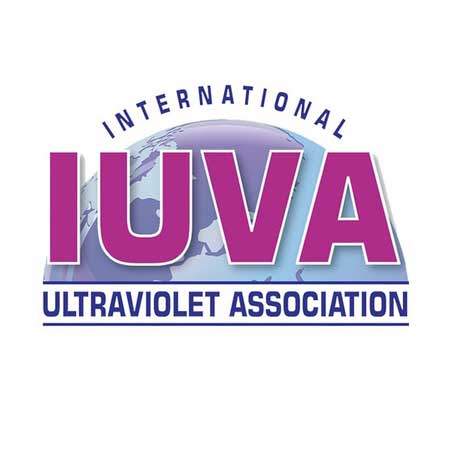A: UV-C light is the shortest wavelength. The shorter the wavelength the more harmful the UV radiation to organisms such as humans, animals, and plants.
A: Ultraviolet-C breaks down the DNA and RNA of pathogens including viruses and bacteria, and effectively renders them harmless. The technology is a well-established method of disinfection of air, water, and surfaces.
Only UV-C has germicidal, sterilisation and disinfection characteristics. This characteristic inactivates pathogens including viruses, bacteria, moulds, and fungi.
UV-C disinfection technology adds a defensive layer as part of a multidisciplinary strategy in keeping indoor environments safe and reduced of harmful pathogens. Safe and effective disinfection technology now and for our future.
A: Electrical energy is converted into photons (light waves) and emitted into the air and onto surfaces. This is very effective in destroying pathogens with common global consensus through studies that 99.97% of pathogens are destroyed in 15 minutes.
A: Pathogens are tiny living organisms such as bacterium or virus that make people sick. The four main types of pathogens are; viruses, bacteria, fungi and parasites.
Primary pathogens that are highly transmissible and cause mild to severe impact such as E. coli ad that are enterohemorrhagic.
A: Contact (direct and/or indirect), Droplet, Airborne, Vector and Common Vehicle.
Exposure to UV-C light may pose potential health and safety risks depending on the wavelength and duration of exposure. Direct exposure of skin and eyes may cause eye injury and burn-like skin reactions. Far-UV-C light is safe for humans and animals.
A: Products near 265 nm or below are typically the most ideal for disinfection. Only Far UVC is safe for direct human or animal exposure.
- Non-toxic cleaning process that destroys pathogens
- Chemical free, physical disinfection process
- Eliminates 99.97% of pathogens (conventional cleaning 45-55%)
- No disruption or inconvenience to the environment
- Cost differential; cleaning equipment, labour, and chemicals
- Disinfects and sanitises air and surfaces compared to conventional cleaning
- Protects people, saves time and effort, saves money, additional value-proposition
- Rapid deployment
- Continuous protection
- Autonomous operations
- Cost effectiveness
A: To work properly, UV-C irradiation must reach surfaces with sufficient strength and coverage. Form of UV-C light is essential to consider. UV-C will not penetrate through most materials, plastic, or glass.
A: No. UV-C light disinfection and sanitisation minimises the requirement for additional or increased cleaning routines, saving time, cost and chemical impact to the environment.
A: UV-C light has been shown to be very effective for killing viruses including the common cold coronavirus and SARS coronavirus. The range of UV-C light destroys pathogens and prevents virus, bacteria and moulds from reproducing.
A: Sterilization refers to the complete absence of any pathogens. Disinfection refers to the reduction of pathogens where they are extremely unlikely to cause infection.
A: As UV light is not visible, we cannot determine if it is bright enough like visible light. We determine the UV dosage: Exposure Dosage (J/m²) = UV Irradiance (W/m²) x Time (seconds)
This is the measure of how much energy falls on a particular surface dependant on: UV lamp strength, distance from the lamp and angle relative to the lamp.
All industries; Aviation, Healthcare Practices, Government & Agencies, Education, Public, Retail, Office, Hotels, Industrial etc
When lamps are new, the ozone film applied during manufacture may produce a metallic odour which temporarily last a few days. This is a result of the manufacturing process.
Lamps that do not have a coating, may omit an odour follow disinfection due to extremely high amounts of human skin cells in dust concentrations. Whilst it may be noticeable for some, traditional cleaning routines remove the likelihood of odour emission.
A: Excimer lights have a filter (filtered krypton-chlorine (Kr-CI) on the lamp to ensure it is not cytotoxic or mutagenic to human cells. This technology is used in Far UV-C products that are human and animal safe.
The Ozone layer protects the Earth from harmful UV rays from the Sun. In the Stratosphere, it is safe and beneficial to humans. Breathing Ozone at ground level, may trigger a variety of health problems or worsen existing respiratory conditions much like electrical storms.
A: Ozone inhalation may result in throat irritation to the airway. Longer wavelengths of UV-C light provide highly effective air and surface disinfection without producing any harmful ozone. Shorter ultraviolet light wavelengths do generate ozone.


